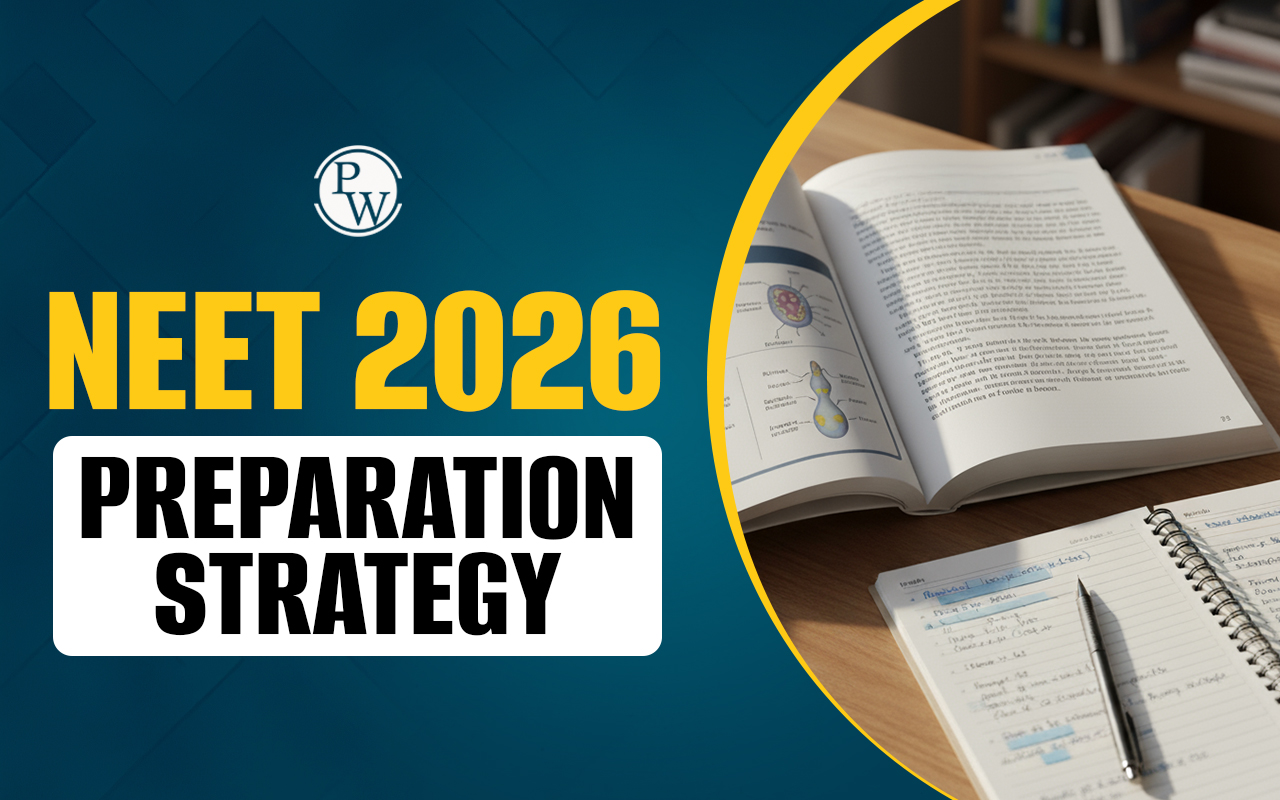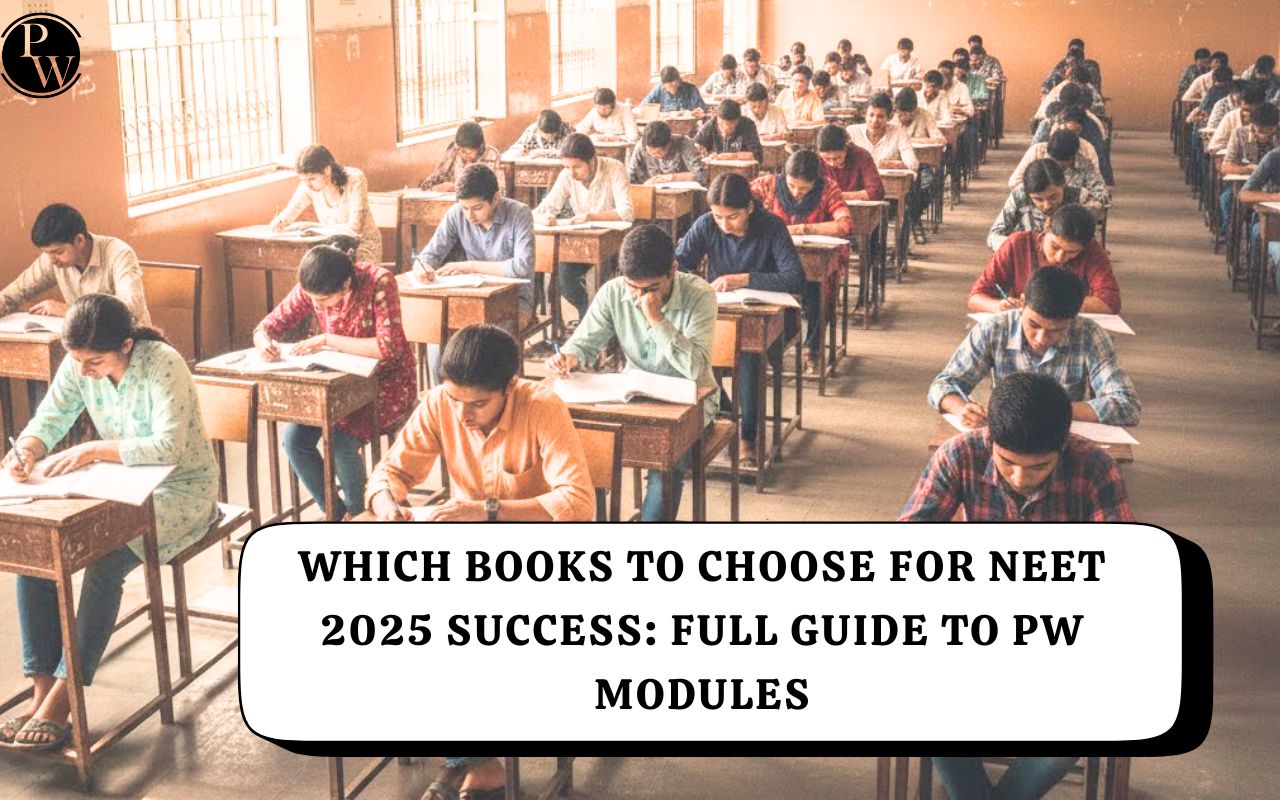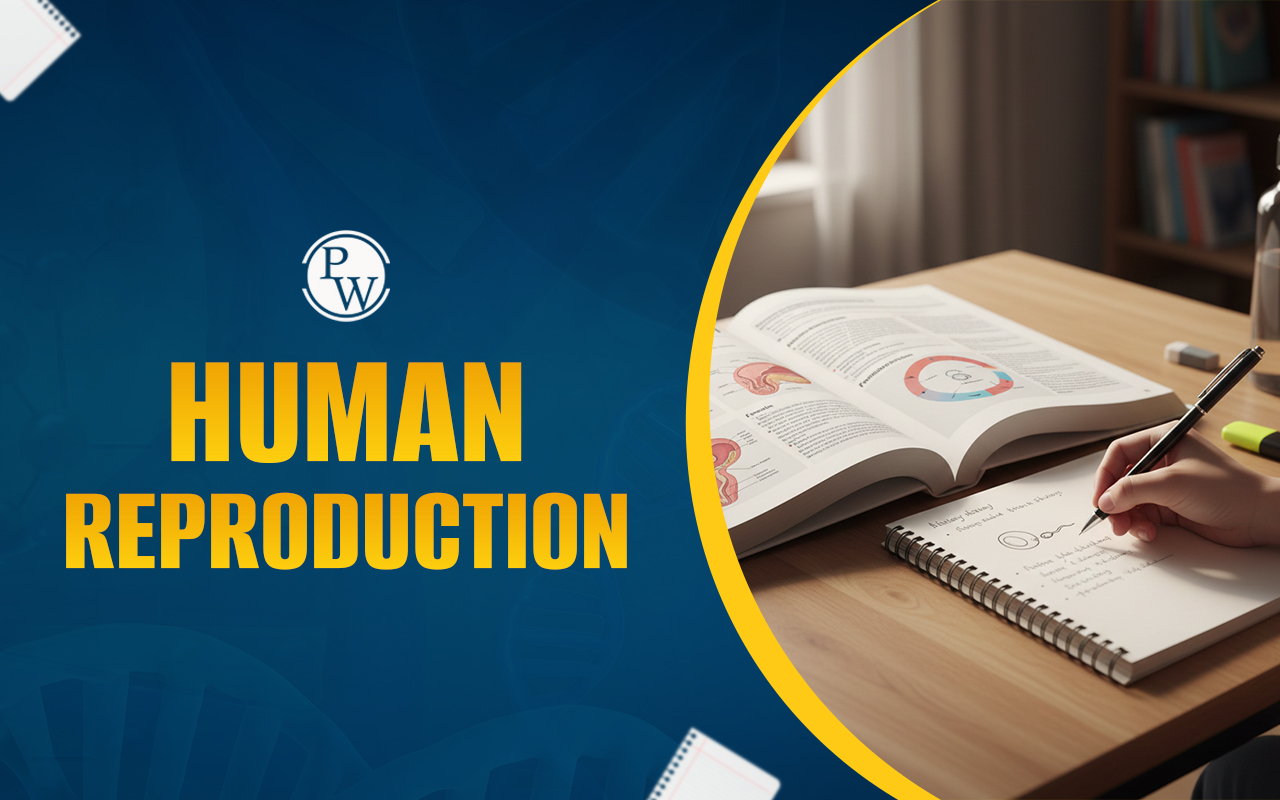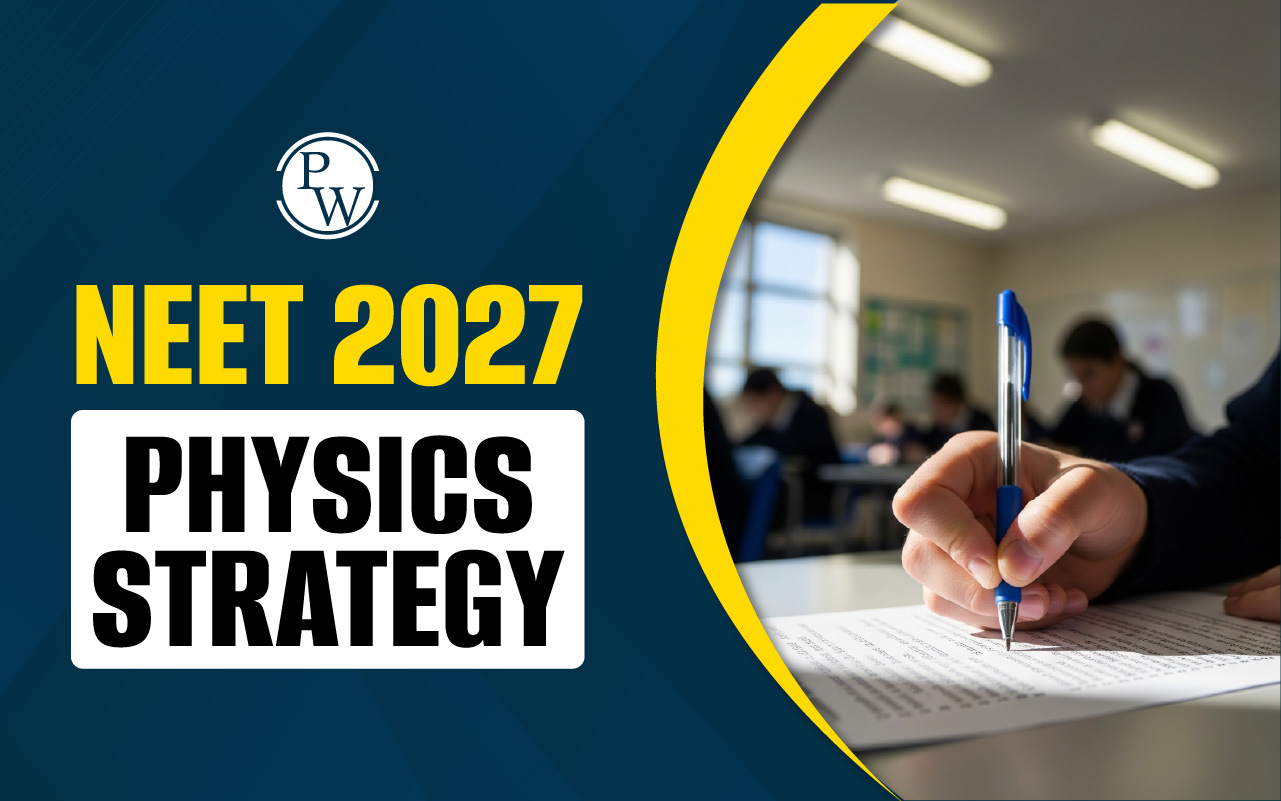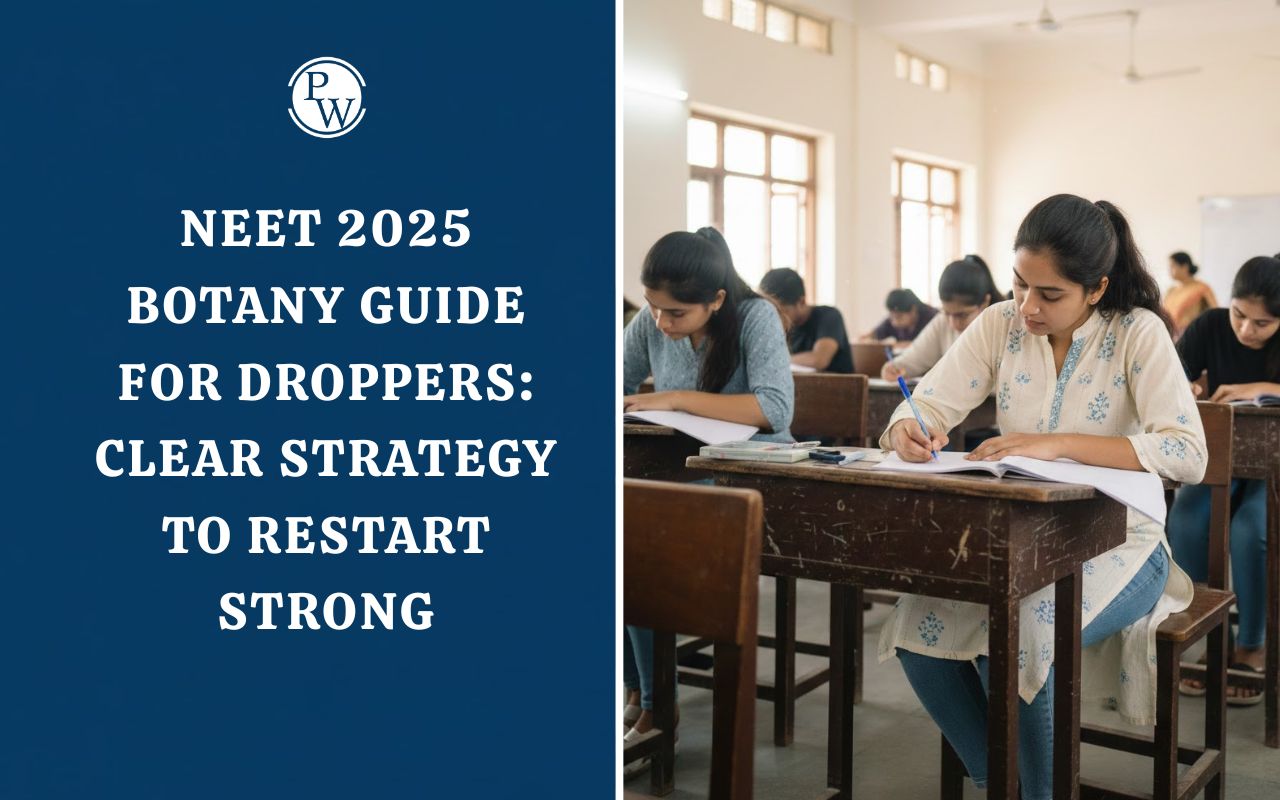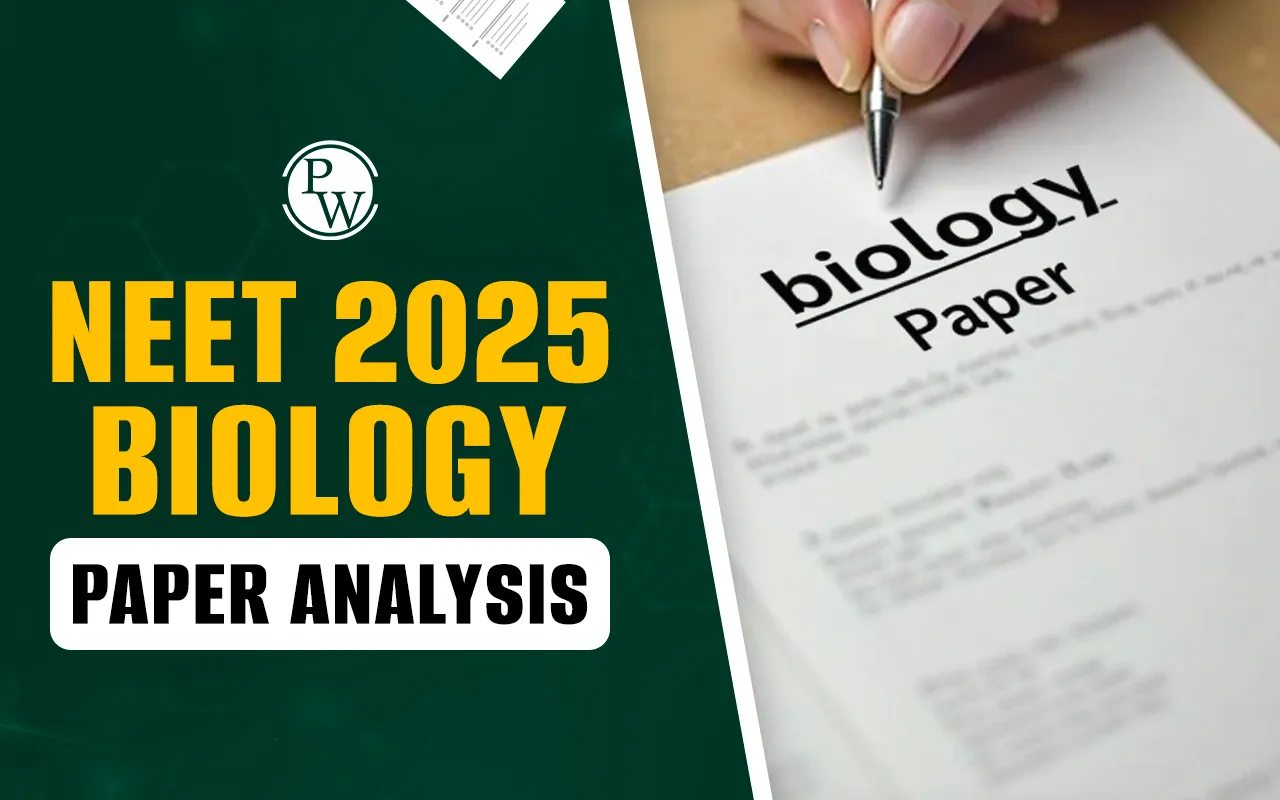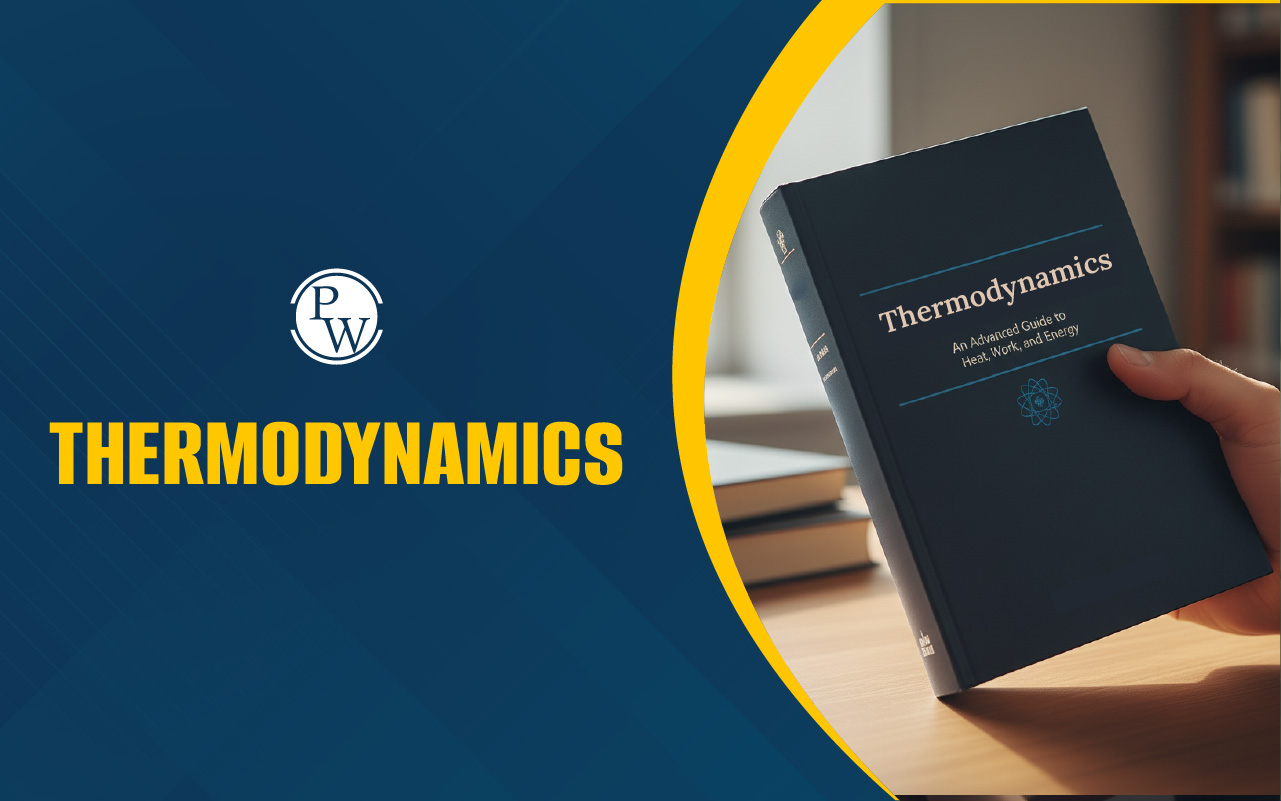
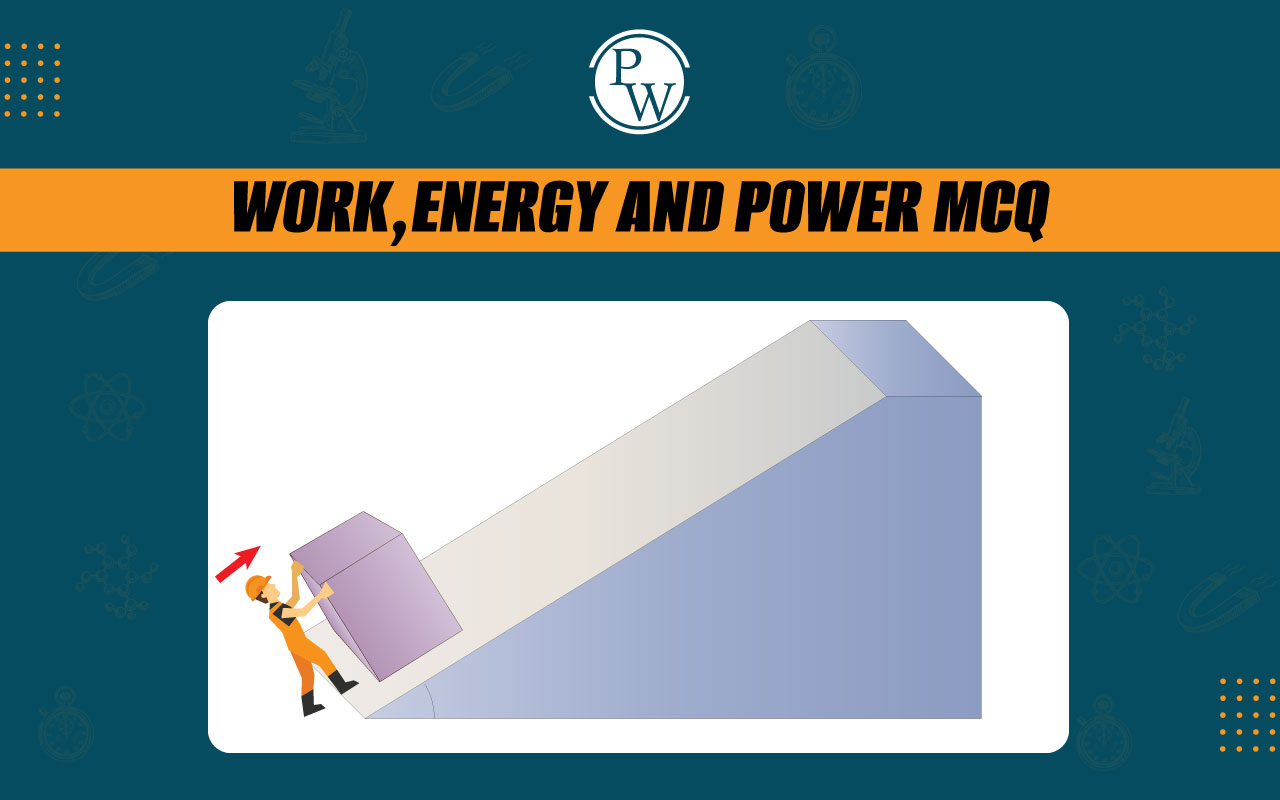
Work, Energy, and Power MCQs
For Class 11 students, practicing MCQs on Work, Energy, and Power with detailed solutions is essential. These questions not only prepare you for school exams but also help build a strong foundation for NEET. Work, Energy, and Power MCQs with solutions offer a step-by-step method to solve complex problems, making them easier to understand. Mastering MCQs on Work, Energy, and Power is important for covering the NEET Physics syllabus effectively. According to the NEET Physics chapter wise weightage , Work, Energy, and Power is an important chapters. Students should focus on practicing a wide range of MCQs to ensure they are prepared for any type of question that may appear in the exam.Work, Energy, and Power NEET Questions
The chapter Work, Energy, and Power in Class 11 is fundamental for understanding essential physics concepts required for the NEET examination. A thorough grasp of these concepts is vital for excelling in NEET Physics. By regularly practicing multiple-choice questions (MCQs) and applying this knowledge to problem-solving, you can establish a strong foundation and enhance your prospects of achieving a high score.| NEET Physics MCQs | |
|---|---|
| Units and Measurements MCQs | Motion in a plane MCQs |
| Mathematics Tools MCQs | Newton’s laws of motion MCQs |
| Motion in a straight line MCQs | Gravitation MCQs |
Work, Energy, and Power Class 11 MCQs with Solutions
For Class 11 students, practicing Work, Energy, and Power Questions and Answers is essential. These questions not only help you prepare for school exams but also build a solid foundation for NEET. The detailed solutions offer a step-by-step approach to solving complex problems. Having a set of Work, Energy, and Power Questions and Answers can greatly enhance your preparation. These questions cover various difficulty levels, which aid in self-assessment. Also check: Q 1. A 5 N horizontal force acting on a mass lying on a table is displaced in the horizontal direction through 100 cm. The work done by the force will be;- 0.05 J
- 0.5 J
- 5 J
- 50 J
- 25 J
- 250 J
- 50 J
- 25 KJ
- 150 J
- –150 J
- 30 J
- – 30 J
- 49 J
- (2) 98 J
- 196 J
- None of these
- 1: 2 : 3
- 1: 4: 9
- 1 : 3: 5
- 1: 5 : 3
- 120°
- 90°
- 60°
- None of these
- indefinite integral of force over velocity.
- definite integral of force over displacement.
- product of force and velocity.
- product of force and displacement.
- 30 J
- 5 J
- 25 J
- 20 J
- work
- impulse
- Momentum
- displacement
- 2000 J
- –200 J
- zero
- –20,000 J
- 30 J
- 3 J
- 0.3 J
- 0.03 J
- 20 J
- 2 J
- 0.02 J
- 0.2 J
- 2:1
- 1:2
- 4:1
- 1:4
- Car
- Truck
- Both have the same kinetic energy
- None of these
- four times the initial value.
- thrice the initial value.
- twice the initial value.
- same as the initial value.
- 2: 1
- 1: 2
- 4: 1
- 1: 4
- 4:1
- 1:1
- 2:1
- 1:4
- 4%
- 2%
- 8%
- 10%
- 6%
- 1.5%
- 3%
- None of these
- 10%
- 20%
- 40%
- 81%
- 100%
- 125%
- 25%
- 150%
- 100%
- 200%
- 300%
- 400%
- 40%
- 36%
- 44%
- 20%
- 3 m/s
- 4 m/s
- 6 m/s
- 2 m/s
- 50 J
- 75 J
- 100 J
- None of these
- 6 J
- 3 J
- 2 J
- 8 J
- 2150 N
- 3150 N
- 3150 kN
- None of these
Work, Energy, and Power MCQs FAQs
Q. Why are Work, Energy, and Power MCQs essential for NEET preparation?
Work, Energy, and Power MCQ are important as they help you understand and apply key concepts from the NEET Physics syllabus, enhancing your ability to tackle similar questions on the exam.
Q. How do Work, Energy, and Power MCQs benefit Class 11 students?
Ans. Work, Energy, and Power MCQ aid in building a solid foundation in physics, preparing students for both school exams and the NEET exam, with solutions to complex problems.
Q. What should Class 11 students focus on when practicing Work, Energy, and Power MCQs?
Ans. Students should focus on mastering the core concepts and applying them to a variety of questions to prepare for the different difficulty levels in the NEET exam.
Q. How important is the Work, Energy, and Power chapter in the NEET Physics syllabus?
Ans. It is a significant chapter that plays a key role in the NEET Physics syllabus, making it essential for achieving a high score on the exam.
Q. Where can I find Work, Energy, and Power MCQs with solutions for Class 11?
Ans. Work, Energy, and Power MCQs, practice tests, and study guides specifically designed for Class 11 students are available above, offering a comprehensive review with solutions
Q. How do online tests on Work, Energy, and Power enhance NEET preparation?
Ans. Online tests simulate the NEET exam environment, helping with time management and boosting confidence by providing a variety of questions for thorough practice.
🔥 Trending Blogs
Talk to a counsellorHave doubts? Our support team will be happy to assist you!

Check out these Related Articles
Free Learning Resources
PW Books
Notes (Class 10-12)
PW Study Materials
Notes (Class 6-9)
Ncert Solutions
Govt Exams
Class 6th to 12th Online Courses
Govt Job Exams Courses
UPSC Coaching
Defence Exam Coaching
Gate Exam Coaching
Other Exams
Know about Physics Wallah
Physics Wallah is an Indian edtech platform that provides accessible & comprehensive learning experiences to students from Class 6th to postgraduate level. We also provide extensive NCERT solutions, sample paper, NEET, JEE Mains, BITSAT previous year papers & more such resources to students. Physics Wallah also caters to over 3.5 million registered students and over 78 lakh+ Youtube subscribers with 4.8 rating on its app.
We Stand Out because
We provide students with intensive courses with India’s qualified & experienced faculties & mentors. PW strives to make the learning experience comprehensive and accessible for students of all sections of society. We believe in empowering every single student who couldn't dream of a good career in engineering and medical field earlier.
Our Key Focus Areas
Physics Wallah's main focus is to make the learning experience as economical as possible for all students. With our affordable courses like Lakshya, Udaan and Arjuna and many others, we have been able to provide a platform for lakhs of aspirants. From providing Chemistry, Maths, Physics formula to giving e-books of eminent authors like RD Sharma, RS Aggarwal and Lakhmir Singh, PW focuses on every single student's need for preparation.
What Makes Us Different
Physics Wallah strives to develop a comprehensive pedagogical structure for students, where they get a state-of-the-art learning experience with study material and resources. Apart from catering students preparing for JEE Mains and NEET, PW also provides study material for each state board like Uttar Pradesh, Bihar, and others
Copyright © 2025 Physicswallah Limited All rights reserved.
Get App

